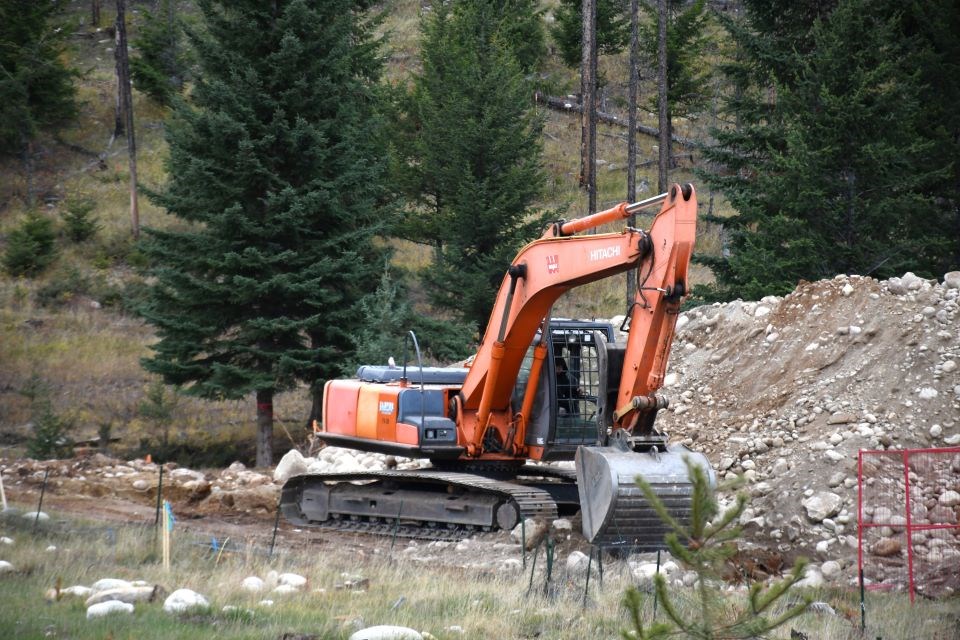JASPER – Work continues on getting interim housing online for residents who lost their homes, while local officials begin laying the groundwork for Jasper’s rebuild.
Michael Fark, director of recovery, told council on Tuesday (Nov. 5) utility serving was ongoing for the land parcels within the townsite allocated for interim housing, now referred to as Connaught East and Connaught West communities.
“We have not encountered any unexpected obstacles, and at this point, the servicing aspect remains on schedule,” Fark said.
Last month, the Alberta government committed $112 million to support building 250 modular homes in Jasper to serve as interim housing while the community rebuilds from the wildfire.
The Alberta government has put out a request for proposal for modular homes, which closes next Tuesday (Nov. 12). Fark noted a roundtable with the modular industry will take place Nov. 14 to explore high-density options.
The first of these modular homes are expected to come online as early as January. The units will be provided at market rent.
Mayor Richard Ireland asked about the eligibility requirements for interim housing, which he noted was the most common question he had gotten.
Fark replied that a prioritization matrix was being created in collaboration with the Alberta government.
“If you've already applied through the application process for interim housing, then we will be making use of that application information in order to contact the individuals and go through a privatization matrix and match them to housing as is appropriate and available,” he said.
The housing application remains available online for residents.
Coun. Scott Wilson asked if there will be an opportunity to view what is being proposed before interim housing is set up.
“I’m not too concerned about, say, the unit that may be here for three to five years, but if there’s any legacy-type projects, we should really have the opportunity to know what's going to be left behind,” Wilson said.
Fark said once the procurement is complete and actual unit numbers are committed to, there will likely be public information available, although he couldn’t commit to that since this was a provincial project.
While interim housing was meant for a period of three to five years, some of these homes may be added to Jasper’s long-term housing inventory to address the chronic housing shortage.
“Anything that would be used potentially for that longer term, all of the design guidelines [and] architectural motif would apply to those buildings in the same way as they would any other development,” Fark added.
Around 66 individuals continue to be housed in hotel rooms. This program has been extended until the end of February when enough interim housing will be available.
Debris removal is currently underway in residential zones, with lead contractor EllisDon conducting sewer caping and its industrial hygienists starting soil testing in three bulk removal zones.
Parks Canada has issued 30 building demolition permits, and 173 leaseholders have signed up with EllisDon for the mass debris removal program, although 11 permits have been issued for those who have chosen to pursue debris removal independently.
Debris removal is expected to last until next spring.
Last week, Parks Canada released changes to Jasper’s land use policy to simplify the rebuild process, allow more housing options and fire-proof new buildings.
The rebuilding guide provides a summary of these changes, which include prohibiting wood roofing and siding on new buildings as well as requiring a 1.5-metre buffer zone of non-combustible materials.
Mayor Ireland asked if there had been any discussion with the insurance industry to ensure homeowners could rebuild their homes to meet the new development criteria.
“My concern is that even with the best-case scenario, guaranteed replacement cost insurance, an insurance company only has to replace what was there,” Ireland said.
Fark noted they were working on a resiliency fund “to fund the gap between what building back and building resilient might look like.”



